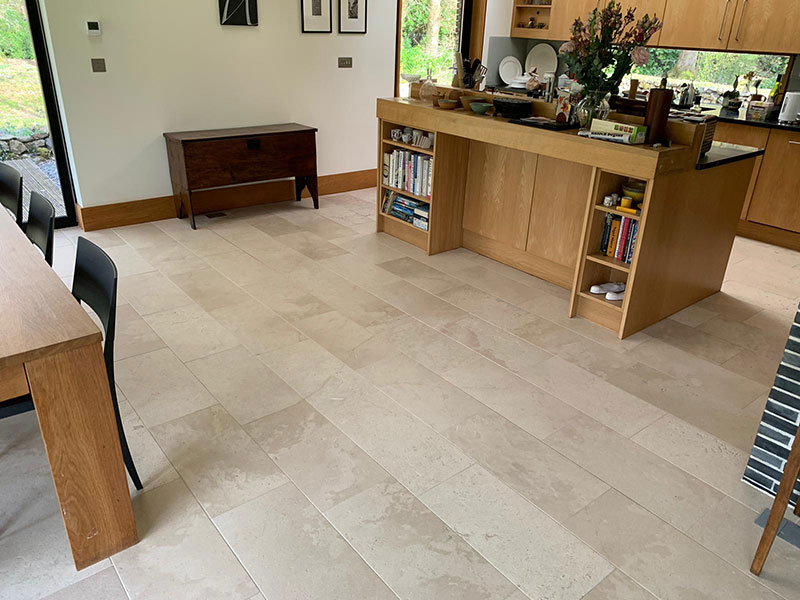Regarding augmenting the appeal and longevity of your home, restoring stone surfaces holds special place. Whether it be the timeless elegance of a granite countertop or the enduring beauty of a marble tile, properly restored stone can elevate any area and create memorable experiences. In a world where first impressions matter, preserving the integrity of your stone surfaces is vital not only for aesthetic value but also for the value it adds to your assets. This guide delivers crucial insights for residents looking to renew their stone elements, ensuring they stand the test of time.
Yet, navigating the world of stone refurbishment can be intimidating. With Homepage , resources, and practices available, it's easy to make frequent errors that can lead to expensive fixes down the line. From identifying the right time to undertake a restoration project to deciding whether to manage it independently or contract specialists, this article will discuss all the angles of stone restoration. We will offer tips for avoiding common traps, suggest best practices for maintenance, and emphasize the materials that perform well in protecting the aesthetics of your stone surfaces while steering clear of harm. Accompany us as we explore the practice of stone restoration and discover how to make memorable impacts in your home.
Common Errors in Stone Restoration
One of the most frequent errors in stone refurbishment is the use of incorrect washing techniques. Many people opt for aggressive cleaners or abrasive tools that can destroy the stone rather than efficiently cleaning it. This can lead to fading, etching, and an overall deterioration of the natural beauty. Choosing the right cleaning products specifically formulated for the kind of stone being refurbished is essential to preserve its integrity and aesthetic appeal.
Another common mistake is failing to address fundamental concerns before commencing the restoration process. For example, if moisture problems or physical defects are present, merely refurbishing the surface doesn't solve the fundamental cause of the decline. It is critical to evaluate the condition of the surrounding environment and take required measures to address any root issues, which will ultimately prolong the duration of the refurbished material.
Lastly, many individuals overlook the importance of proper coating and care after restoration. Failing to apply a appropriate sealant can result in the surface being more vulnerable to stains and damage from outside factors. Regular maintenance, including washing and resealing, is essential to ensure that the restored surface stays in optimal condition. Taking these steps can help preserve both the appearance and strength of the stone for years to come.

Maintaining Your Natural Stone Surfaces
Maintaining your natural stone surfaces is crucial for preserving their aesthetic appeal and durability. Frequent maintenance is the initial action in making sure that your stone remains in top shape. Use a neutral cleaner specifically formulated for natural stone, as strong chemicals can harm the finish. It is wise to clean spills right away to avoid staining, especially with porous stones like granite or travertine, which can soak up liquids quickly. Implementing a scheduled cleaning routine will help prevent the buildup of dirt and grime, keeping your stone appearing its best.
In addition to regular maintenance, it is important to seal your natural stone surfaces of stone properly. Applying a seal creates a safeguarding barrier that can assist stop stains and moisture infiltration. Depending on the type of natural stone and its location, you may need to reapply sealant it every 6 months to a year. Consulting with experts about the most effective sealing products and methods for your designated stone type to guarantee optimal protection without detracting from its innate aesthetic.
Lastly, be mindful of the utensils and substances you use on your natural stone surfaces. Avoid abrasive scrubbers that could harm or damage the surface. Instead, choose soft cloths or sponges for maintenance. When selecting accessories or furniture for areas with stone surfaces of stone, think about using coasters and mats to minimize the risk of scratching or marking. By following these practices, you can assist maintain the wholeness and look of your natural stone surfaces for years to come.
DIY vs. Professional Restoration
When considering stone restoration, many householders face the decision between taking on the project on their own or engaging a professional. Do-It-Yourself restoration can be an attractive option for those with a strong sense of DIY skills and a desire to save money. Simple tasks, such as cleaning or sealing stone surfaces, may seem manageable with the appropriate tools and products. However, this approach can lead to challenges, especially when it comes to more demanding restoration needs, such as repairing chips or cracks.
On the other hand, trained stone restoration professionals bring a wealth of knowledge and experience to the table. They have access to specialized tools and techniques that ensure the restoration process is done properly and effectively. These professionals can evaluate the condition of the stone, identify underlying issues, and provide solutions that are tailored to preserve the material's integrity. While employing an authority may involve higher initial costs, the long-term benefits can outbalance the expense by preventing further damage and expensive repairs down the road.
In conclusion, the choice between DIY and professional restoration is based on the scope of the project and the property owner’s comfort level with such tasks. For smaller, touch-ups, a DIY approach might be sufficient. However, for significant restoration work that requires specialized skill and knowledge, enlisting the help of a professional is often the best choice to achieve a lasting and striking result.
